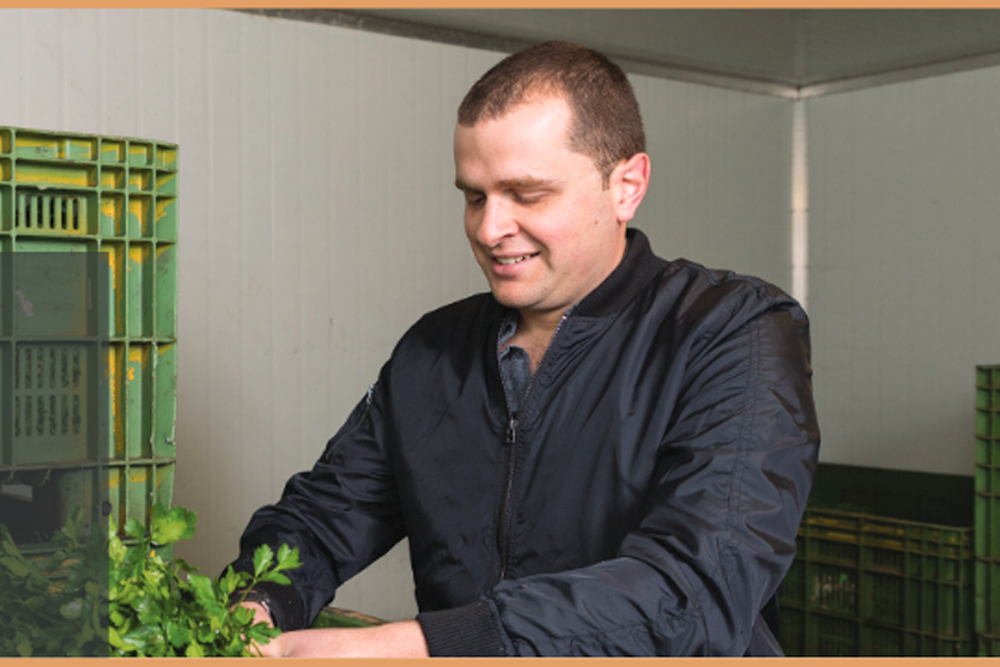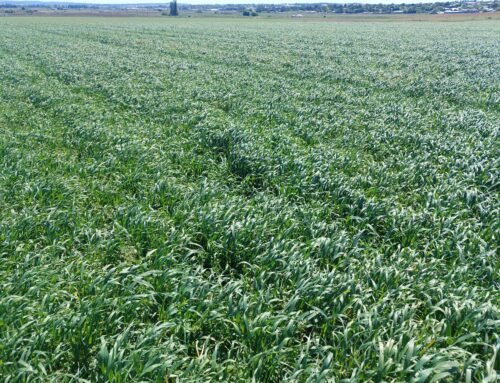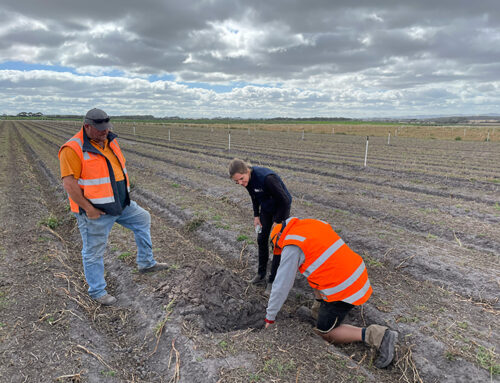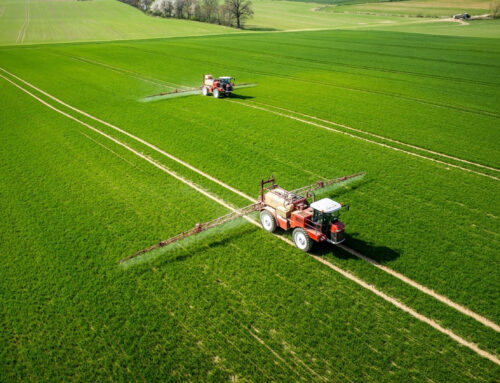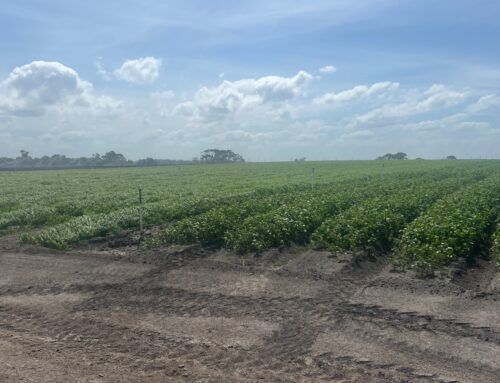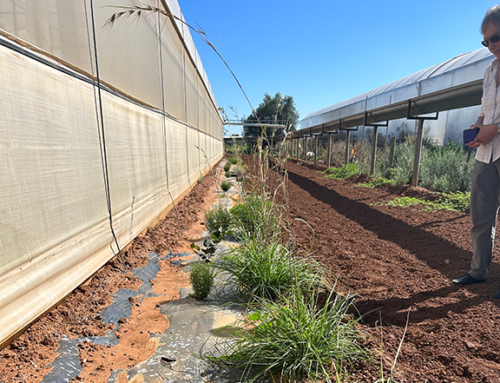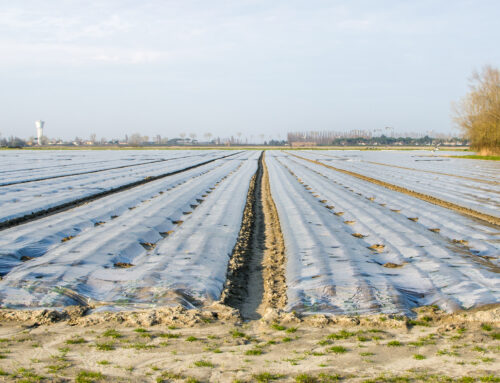A new series of ‘Sustainable Success Stories’ from the South Australian vegetable industry showcase how local leaders are engaging with industry-led programs to overcome farm challenges and improve their sustainability. Take a look at the five case studies below.
Case study 1: Compost and cover cropping
Vegetable grower Anthony De Ieso has achieved strong results through soil monitoring, nutrient management and use of compost in a new trial to better manage salinity and crop nutrition in a challenging block at Thorndon Park Produce. Read case study 1 here.
Case study 2: Improving biosecurity preparedness
Potato, carrot and onion grower Zerella Fresh took part in the ‘Clean Your Farm’ program which provided support to review and improve the company’s current biosecurity practices and better prepare for a potential exotic plant pest incursion, such as the tomato potato psyllid. Read case study 2 here.
Case study 3: IPM trial work and development
Over many years, vegetable grower Daniel Hoffman has worked with national researchers to conduct a significant amount of Integrated Pest Management (IPM) trial work. He has continued to develop his vegetable production system and transition to a low-input IPM growing system. Read case study 3 here.
Case study 4: Managing waste on-farm
After recognising a need to address crop waste, Northern Adelaide Plains grower Chris Musolino created an innovative pre-pack Cauliflower Rice product in a microwaveable bag, which has since become a significant domestic and export revenue stream for his business. Read case study 4 here.
Case study 5: Soil monitoring in intensive horticulture production
This case study discusses the appropriate use of soil monitoring equipment in vegetable production, including the ways to make soil monitoring more accessible to growers and the benefits of using this equipment to guide irrigation practices. Read case study 5 here.
These case studies were developed by AUSVEG SA with assistance from Soil Wealth ICP team member Dr Doris Blaesing, and support from the Adelaide and Mount Lofty Ranges Natural Resource Management Board.

